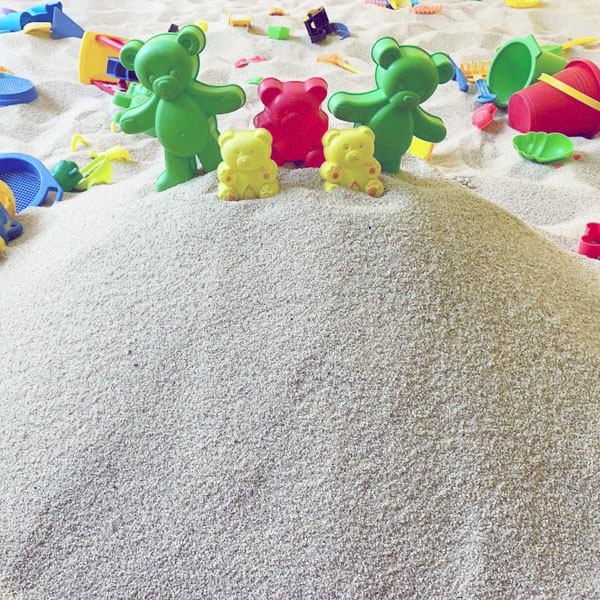Horse Track Sand
Sand is the most important ingredient for an equestrian surface; however, not every kind of sand is suitable for riding arenas. Quarries across the country will have different names for their sands, and particle size, gradation, mineralogy, and shape will vary. The qualities of your sand will greatly affect the performance of your surface, such as being tight, loose, or just right; soft or hard; and how much dust is produced. Becoming familiar with these characteristics will help you determine a solution for adding additives, improving an existing surface or building a new arena, and maintenance. Be sure to use the recommended specifications and sizes to determine what sand you will need .
Silica sand for horse tracks and equestrian arenas at BMS FACTORIES (Gharbalh industrial company ) 100% natural sand washed, sterilized and heat dried.It is distinguished by its natural color, practicality and high quality. Horse track sand is considered the best sand for its high porosity for rain water drainage, free from dust, impurities and bacteria. We manufacture all sizes of silica sand according to international specifications. silica sand for sports and landscaping at BMS FACTORIES for more information contact us
What type of sand is best for a horse arena?
High-quality equestrian grade silica sand should be sub-angular in grain shape, with a low clay and silt content. These important characteristics help to create a firm and highly stable arena surface, whilst also reducing dust and facilitating effective drainage. Using a silica sand that is not suitable for equestrian use is likely to result in an unsuccessful riding arena surface. Sand with a rounded grain shape is unable to compact sufficiently and creates a manege surface that rides deep; this greatly increases the risk of fatigue and injury to your horse.
How many tons of sand do I need?
For a square or rectangular area: Length in meter x Width in meter x Depth in meter. Take the total in meter cube and multiply by the sand density (Kg/meter cube) and the result would be in Kg. To change the unit to ton, take the result and divide it by 1000 as conversion to ton used in most countries. The result would be estimated amount of tons required.







